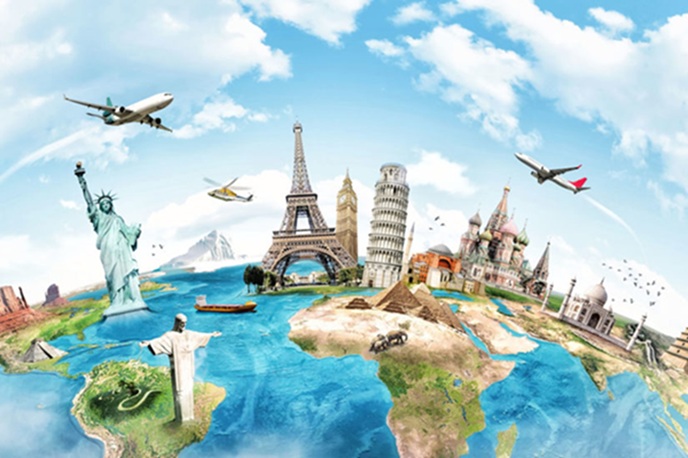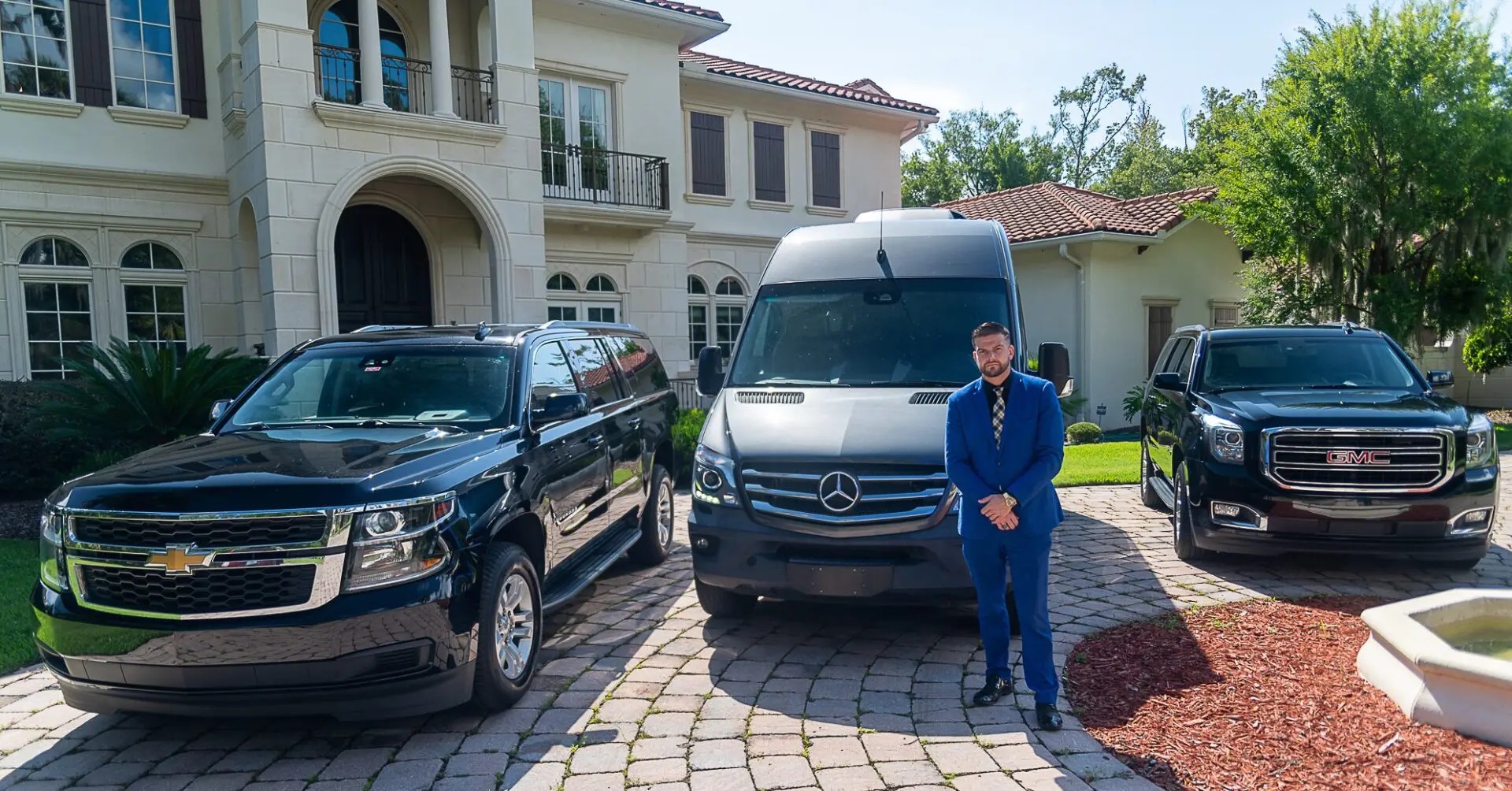Many times seen as floating resorts providing pleasure, entertainment, and adventure are ocean-going cruise ships. Strict safety standards and ongoing monitoring help billions of passengers to travel safely. Still, managing large ships at sea calls for being ready for everything from minor medical problems to life-threatening events. Modern cruise ships are safety-oriented, disciplined, and orderly; their crew members are taught to respond fast and accurately under dire conditions. This preparedness transforms a disaster into an exhibition of professional performance where fast thinking, innovative technology, and perfect synchronization rescue lives.
Quick Alert: Crew Vigilance and First Response
Cruise ship crew members get thorough safety training regardless of their job description. They work through procedures, emergency signals, and their functions in various contexts. The first and most critical protection is this constant attentiveness. Usually, the first alert in case of a fire, medical emergency, or cruise ship collapse is given in a few seconds. Security monitoring stations, walking patrols, bridge crew members—all instructed to spot differences right away. High-density, strategically placed high-definition security cameras all throughout the ship provide constant surveillance and quick detection. In crises, protocols start rapidly. The command hub of the ship, Bridge takes control. Emergency teams, coded public broadcasts, and internal alerts might all be summoned upon the scene. Early identification and response might either make or ruin a seconds-based time-sensitive issue. So what happens if you fall off a cruise ship? Here are the answers for you.
Technology Enhances Rescue and Search for Missing Persons
Beyond human awareness, modern cruise ships have cutting-edge technology to improve emergency response—especially in search-and-rescue operations. While technology is improving to increase the chances, the vast ocean makes it impossible to know what happens if you fall from a cruise ship. Some lines are looking at or deploying automated Man Overboard (MOB) detection systems; many ships have contemporary surveillance systems that capture camera footage for review. These sensors and video analytics technologies alert the Bridge when an object or person crosses the railing and might provide a particular location and time stamp. Strong deck searchlights nightly illuminate vast volumes of water. Using the modern navigation technology of the ship, the Bridge officials may also map effective search patterns, calculate drift patterns dependent on wind and currents, and record the GPS coordinates of the event area. Walkie-talkies, ship-wide networks, satellite phones and marine radio let the command center, emergency teams, rescue boats, and outside authorities—the Coast Guard—stay in contact. This mix of technological and human abilities accelerates and enhances locating and supporting of troubled persons.
Recovery, Attendance, Thoughtfulness
Rehabilitation and care start after a successful rescue. The team of rescue boats is equipped to gently recover the person. The patient is quickly sent to the medical center, where experienced doctors and nurses provide necessary treatment, after they get back to the ship. They can address medical problems, event injuries, and hypothermia. Apart from first medical care, the crew of the ship—often security and guest services—helps the recovered individual and any traveling companions with emotional requirements and interaction with authorities and families.
Although unplanned events and the might of the sea cannot be eliminated, the cruise business has invested much on a multilayered system to protect guests. Should you fall off a cruise ship, a sophisticated system of highly skilled staff, cutting-edge technology, and established emergency protocols will find, rescue, and recover you.




